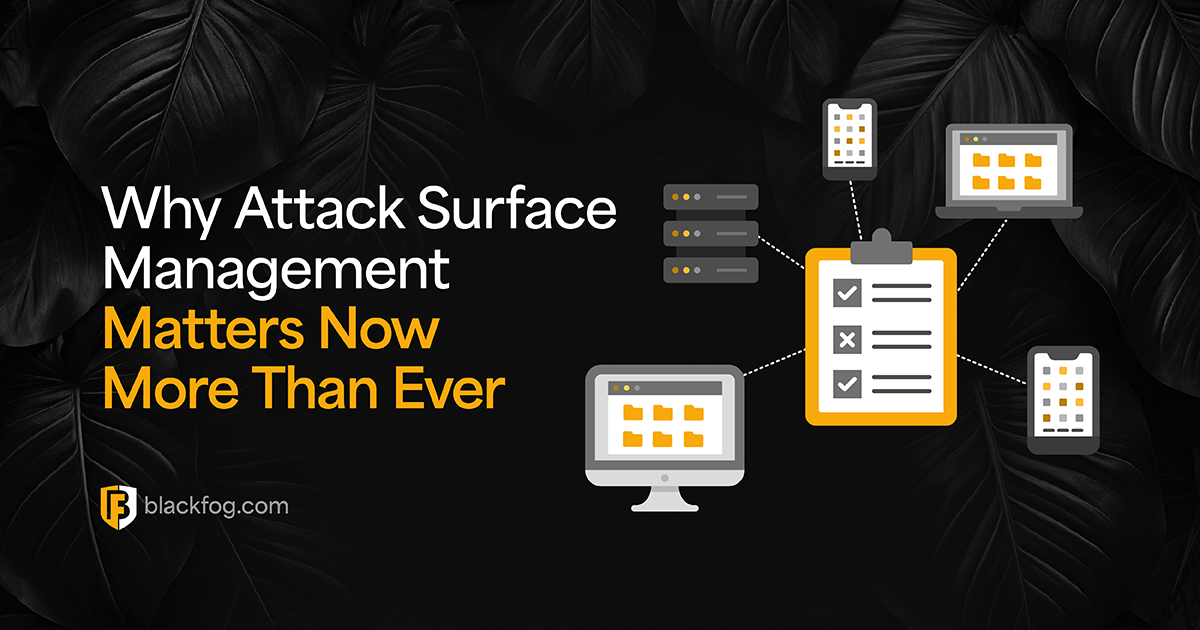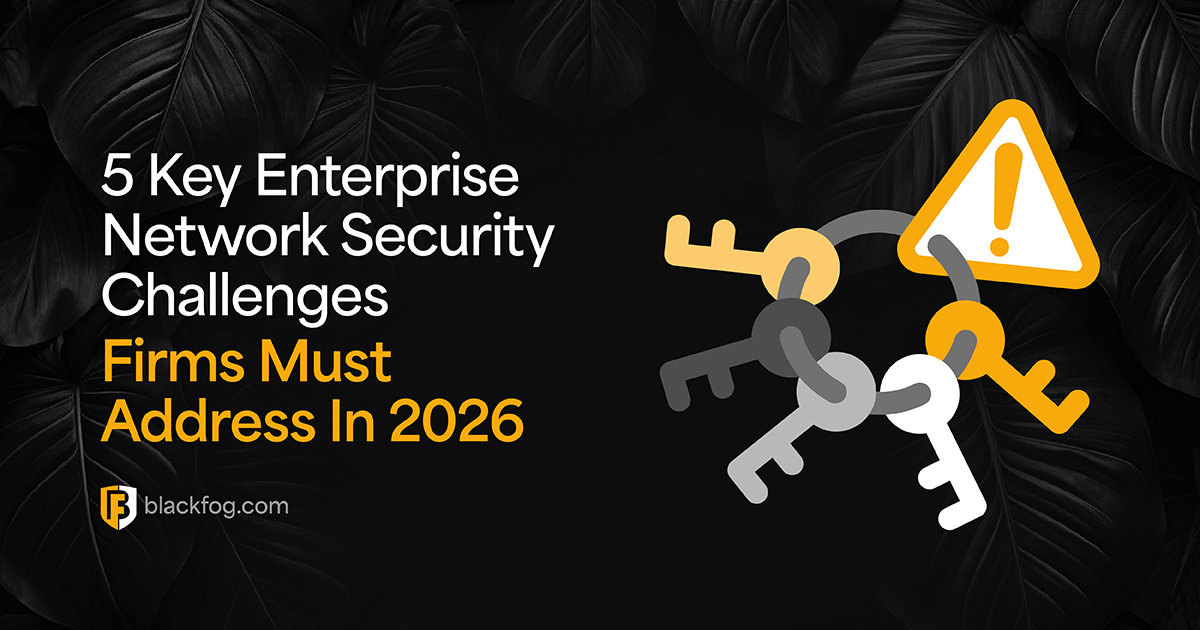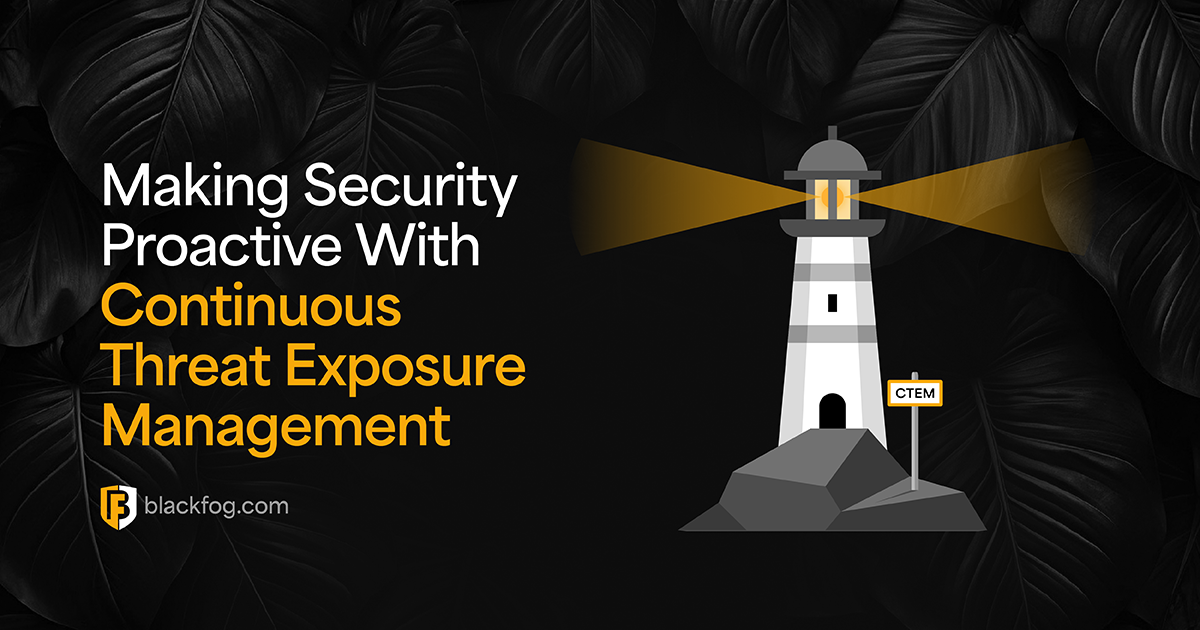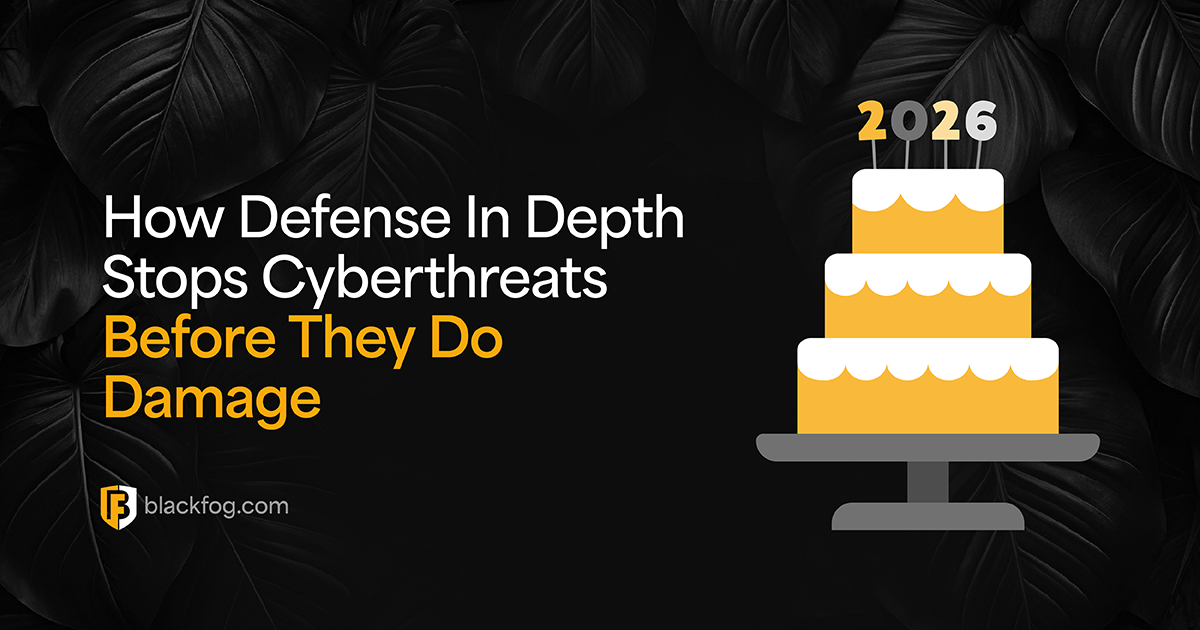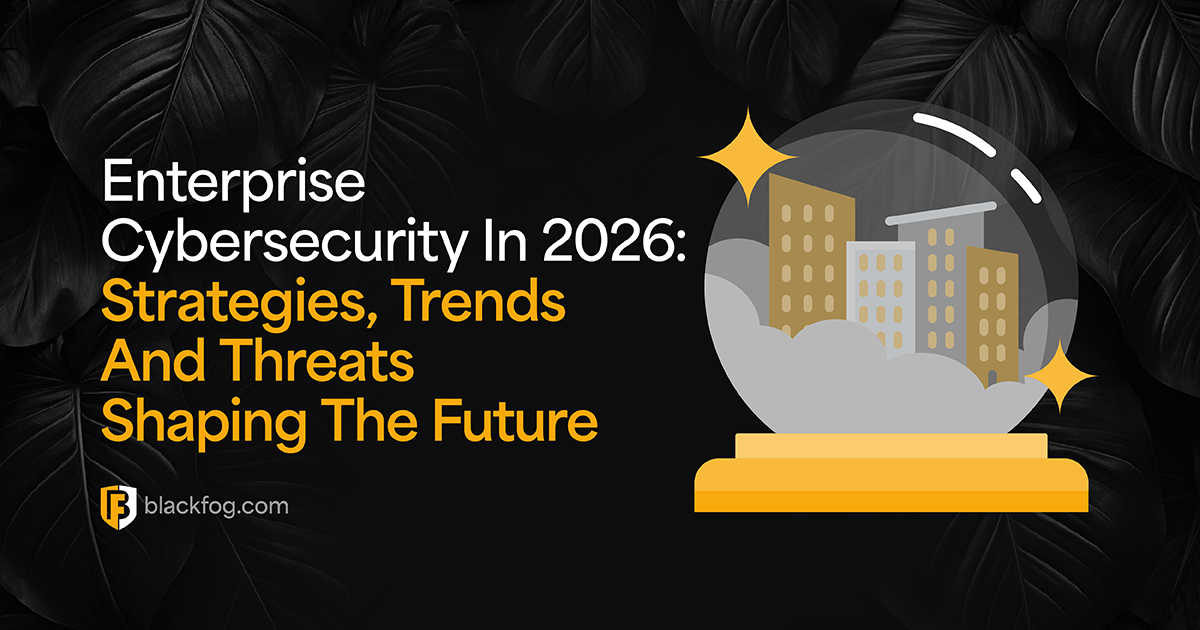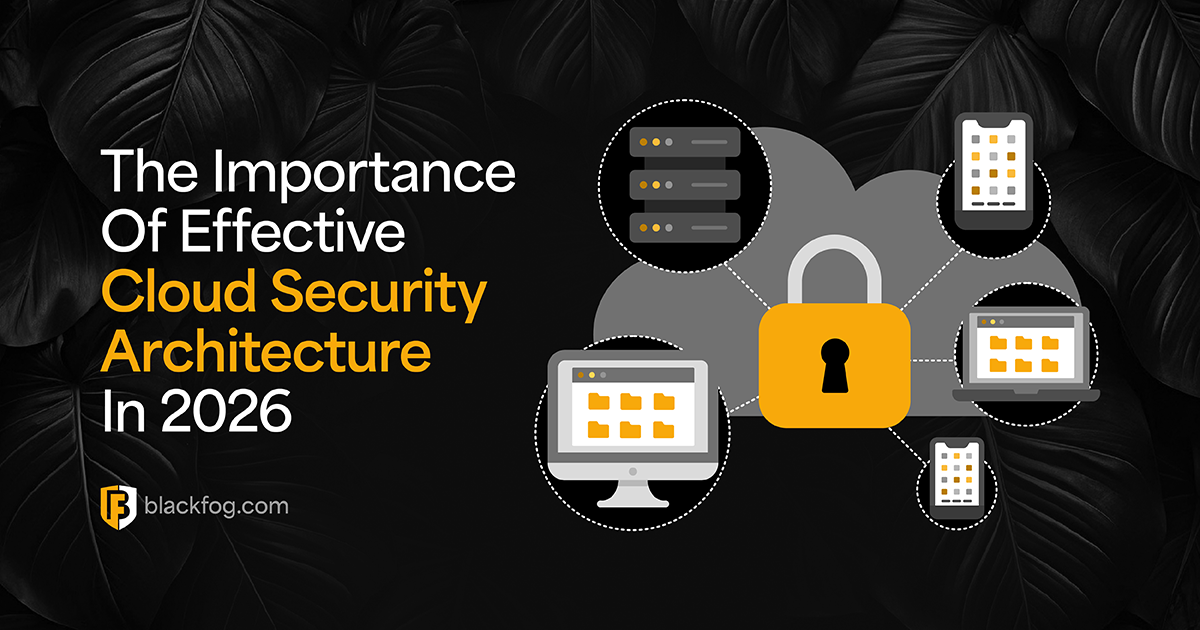
The Importance Of Effective Cloud Security Architecture: What To Know For 2026
As business technology strategies evolve, a cloud‑first approach has become the norm rather than the exception. According to recent data, more than 94 percent of enterprises now use some form of cloud service, and 60 percent of organizations report that more than half of their workloads are hosted in the cloud.
While cloud platforms themselves are not inherently less secure than traditional on‑premises systems, the shift does introduce a broad range of new vulnerabilities in these environments if they are not managed effectively. Hybrid work models, multi‑cloud systems, mobile devices and third‑party integrations all expand the number of potential entry points for ransomware and other threats.
In this context, a well‑designed cloud enterprise cybersecurity architecture is vital in providing the structure and controls needed to secure scalable, dynamic infrastructure that can counter increasingly sophisticated attacks.
The State Of Cloud Adoption Heading Into 2026
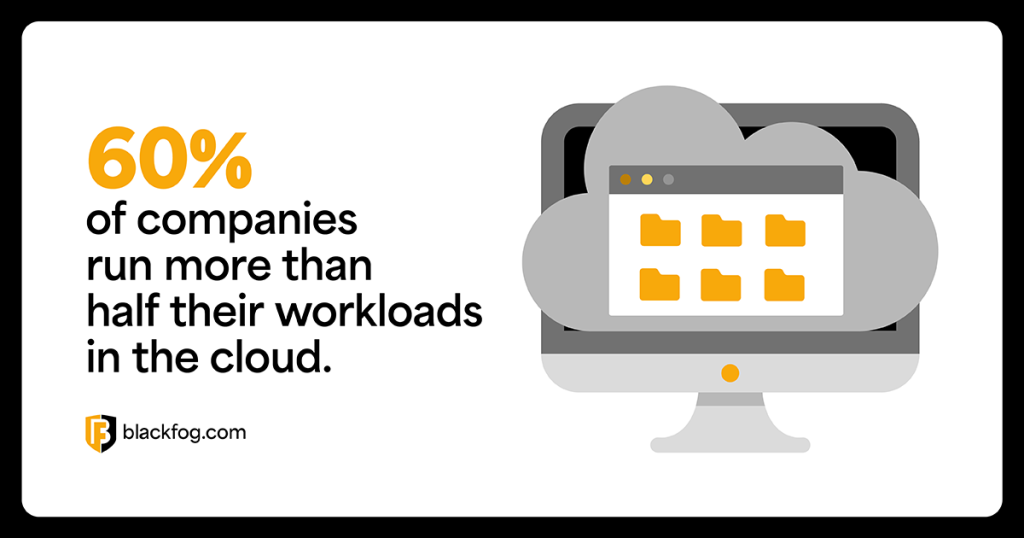
In recent years, many businesses have moved beyond isolated cloud projects to fully integrated, multi-cloud and hybrid environments. As more infrastructure, applications and data shift off-premises, cloud has become a foundational part of how organizations operate.
Looking ahead to 2026, this trend shows no signs of slowing. As workloads become more distributed and reliant on multiple providers, managing the complexity of an expanded attack surface becomes one of the biggest challenges facing security teams.
However, many firms may still misunderstand how responsibility for securing cloud environments is divided. Under the shared responsibility model, although cloud providers manage the infrastructure, customers remain accountable for protecting their data, access controls, workloads and configurations.
Assuming that providers will handle security needs can lead to serious gaps in coverage. To address this, businesses must take an active role in defining and implementing cloud security architecture tailored to their evolving operational needs and risk profile.
Common Cloud Security Challenges Facing Enterprises
Cloud platforms offer flexibility and scale, but they also introduce unique security concerns that must be addressed. Many of the most common vulnerabilities stem from mismanagement, poor visibility or assumptions about provider responsibility. Below are some of the key issues enterprises must address to prevent damaging breaches.
- Misconfigurations: One of the most common causes of cloud data breaches. Open storage buckets, publicly exposed APIs or overly permissive access controls can unintentionally make sensitive data accessible to attackers.
- Overprivileged access: Granting users or services more access than needed increases risk. If an account is compromised, attackers may be able to move laterally or escalate privileges.
- Lack of visibility: Cloud assets and multi-cloud environments can leave sensitive data widely dispersed, making it difficult to track what’s being accessed, where data lives and who is able to view it. This creates blind spots threat actors can exploit.
- Unsecured third-party integrations: APIs, SaaS tools and vendor connections often have direct access to cloud environments, which can be abused if not properly secured or monitored.
- Inconsistent policy enforcement: Without centralized governance, different teams may implement varying security standards. This can lead to uneven protection across services.
Core Components Of A Strong Cloud Security Architecture
A well-structured cloud network security architecture relies on multiple technical layers working in tandem to protect dynamic, distributed environments. The following components form the foundation of an effective strategy:
- Identity and access management (IAM): Central to any cloud environment, IAM tools control who can access which resources. These are essential in enforcing policies such as the principle of least privilege, multifactor authentication and role-based access in order to limit exposure if a user’s credentials are compromised.
- Network security controls: Tools such as virtual private clouds (VPCs), cloud-native firewalls and network segmentation are designed specifically for these environments to prevent unauthorized movement and block malicious traffic such as data exfiltration attempts.
- Data protection: Encrypting sensitive data at rest and in transit, alongside deploying data loss prevention tools such as anti data exfiltration, helps safeguard against double extortion ransomware or accidental exposure.
- Configuration management and compliance: Automated tools monitor settings against security baselines to detect misconfigurations and ensure compliance with internal and regulatory policies.
- Security monitoring and logging: Cloud-native tools such as AWS CloudTrail or Azure Monitor should be paired with SIEM platforms to provide real-time insights, helping teams detect and respond to threats faster.
Key Steps To Strengthening Cloud Security Posture
Securing cloud environments isn’t just about tools. It also requires clear processes, cross-team alignment and a proactive mindset from both IT teams and end users that treats threat protection as a continuous process. The following steps can help organizations strengthen their security posture by boosting visibility and awareness throughout a business.
- Conduct regular cloud security assessments to identify gaps in policies, configurations and practices across teams and environments.
- Define a centralized governance model to ensure consistent security standards, ownership and accountability across departments.
- Implement security training and awareness for DevOps, IT and business users to prevent risky behavior and encourage secure design from the start.
- Establish clear deployment policies that include approval workflows, secure default settings and tagging standards for all new cloud assets.
- Build collaboration between security and DevOps teams to embed protection earlier in the development lifecycle by using DevSecOps best practices.
- Perform regular incident response drills specific to cloud environments, helping teams prepare for real-world threats and improve recovery readiness.
When aligned with technical controls, these human and procedural elements are essential to long-term cloud security success.
Why Cloud Security Requires Strategic Architecture
As cloud adoption continues to scale, securing these environments requires more than reactive fixes or reliance on provider defaults. Without a defined cloud security architecture, businesses risk misconfigurations, access issues and blind spots that attackers are quick to exploit.
A strong, strategic approach built on core technologies, clear processes and cross-functional alignment gives organizations the structure needed to protect data, maintain compliance and respond quickly to threats. In 2026’s high-risk landscape, cloud security must be embedded into every layer of deployment. Businesses that invest in architecture today will be far better positioned for resilience tomorrow.
Share This Story, Choose Your Platform!
Related Posts
The Importance Of Effective Cloud Security Architecture: What To Know For 2026
What must firms consider when building cloud security architecture that's fit for the modern era of computing?
Why Attack Surface Management Matters Now More Than Ever
What key challenges do companies face as networks expand and their attack surface grows, increasing the need for effective attack surface management?
5 Key Enterprise Network Security Challenges Firms Must Address In 2026
Is your firm still dealing with these five enterprise network security challenges? Here's what to do to improve your position.
Making Security Proactive With Continuous Threat Exposure Management
Find out everything you need to know about continuous threat exposure management, what's involved and the benefits it could bring to organizations.
How Defense In Depth Stops Cyberthreats Before They Do Damage
Learn what's involved in an effective defense in depth approach to cybersecurity and why this matters more than ever in a fast-evolving environment.
Enterprise Cybersecurity In 2026: Strategies, Trends And Threats Shaping The Future
What will enterprise cybersecurity hold for business in 2026 and what will cybersecurity leaders need to do to protect their firms from new threats?

